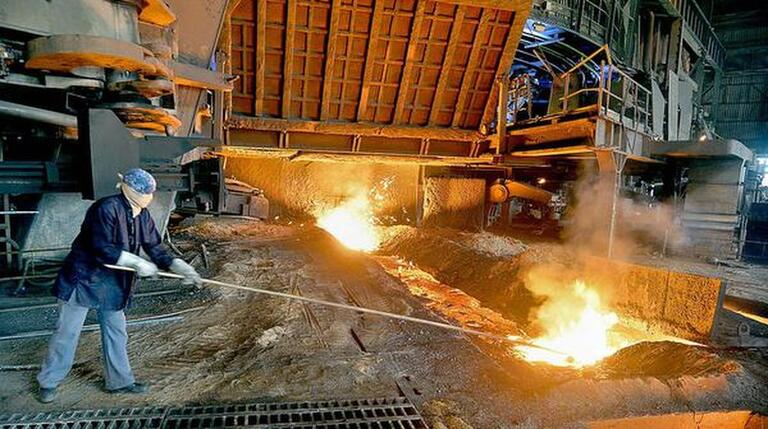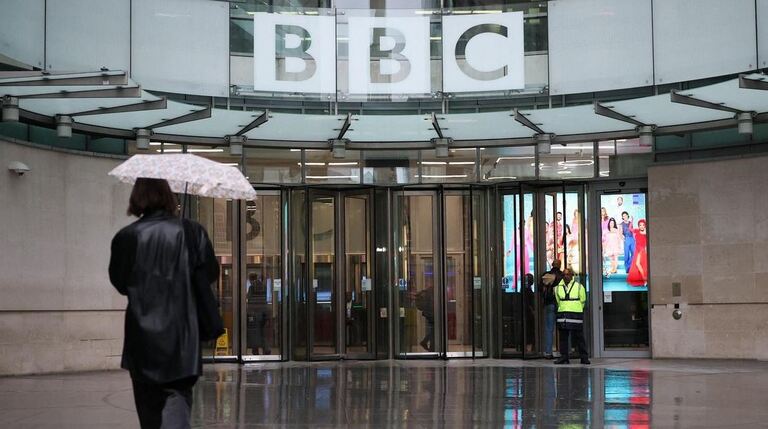
The U.S. economy continues to struggle despite a brief easing in trade tensions with China, according to a recent Reuters poll of economists. Although the 90-day truce on U.S.-China tariffs has slightly lowered recession fears, it has not significantly improved the broader economic outlook.
Experts cite concerns over the country’s deteriorating fiscal health, especially as Congress approaches a vote on President Donald Trump’s substantial tax-cut proposal. These worries were further amplified by Moody’s recent downgrade of the U.S. sovereign credit rating.
In a survey conducted between May 14–21, over 55% of economists agreed that the Trump administration’s policies have “significantly hurt” the economy. The results underscore ongoing concerns about long-term fiscal sustainability and policy direction.
Despite a slight contraction of 0.3% in the last quarter—largely due to a historic rise in imports—growth is projected to rebound slightly to 1.5% this quarter. However, full-year growth is forecast to slow to just 1.4%, a stark decline from 2.8% in 2024. The outlook for 2026 remains subdued, with economists projecting similar growth levels.
Meanwhile, inflation is expected to hover above the Federal Reserve’s 2% target well into 2027, reflecting stubborn price pressures across sectors. This persistent inflation, driven in part by elevated tariffs, limits the Fed’s flexibility to lower interest rates.
Although the probability of a U.S. recession over the next year dropped to 35% (from 45% in April), economists are cautious. Michael Gapen of Morgan Stanley noted, “The detente virtually locks in a slow growth, sticky inflation environment as the base case for the U.S. economy.”
Currently, the Fed funds rate remains between 4.25%-4.50%. While just over half of economists expect a rate cut by September, others forecast cuts later in the year—or not at all—highlighting a lack of consensus on monetary policy direction.
As Chris Low from FHN Financial stated, “The Fed wants to see clear inflation trends before acting, which may not come until Q4 or early next year.”






